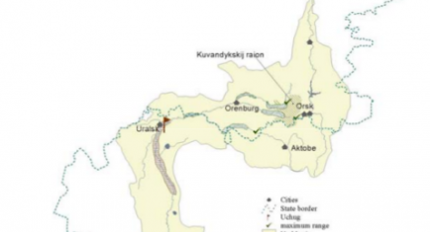Документы
В этом разделе представлены общедоступные документы и файлы, загруженные заинтересованными сторонами и хранителями окружающей среды Каспийского моря.
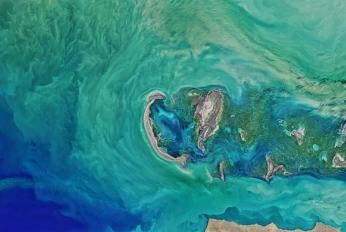 Caspian Sea Day 2022 in Russia - Reportчт, 04/10/2025 - 20:52In 2022, there took place environmental campaigns and subbotniks (volunteer weekend work). This on the Volga River banks in the Limansky district an eco-subbotnik was organized with the participation of schoolchildren, and it was aimed at cleaning up the coastal area of the river from rubbish. The natural potential of the
Caspian Sea Day 2022 in Russia - Reportчт, 04/10/2025 - 20:52In 2022, there took place environmental campaigns and subbotniks (volunteer weekend work). This on the Volga River banks in the Limansky district an eco-subbotnik was organized with the participation of schoolchildren, and it was aimed at cleaning up the coastal area of the river from rubbish. The natural potential of the
- Описание
In 2022, there took place environmental campaigns and subbotniks (volunteer weekend work). This on the Volga River banks in the Limansky district an eco-subbotnik was organized with the participation of schoolchildren, and it was aimed at cleaning up the coastal area of the river from rubbish.
The natural potential of the unique Volga Delta area is effectively and carefully used in the excursion and tourist activity of the Astrakhan Reserve.
- Attached documents
- Metadata
- Год
- 2022
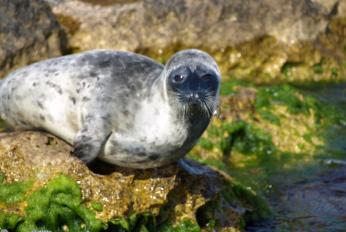 Monitoring of the Caspian Seal in Turkmenistan, January – October, 2022чт, 03/23/2023 - 08:31The Khazarskiy State Nature Reserve, the Caspian Group of the IUCN Joint SSC-WCPA Marine Mammal Protected Areas Task Force, Turkmenbashi, Turkmenistan; e-mail address: mammedowmerdan514@gmail.com
Monitoring of the Caspian Seal in Turkmenistan, January – October, 2022чт, 03/23/2023 - 08:31The Khazarskiy State Nature Reserve, the Caspian Group of the IUCN Joint SSC-WCPA Marine Mammal Protected Areas Task Force, Turkmenbashi, Turkmenistan; e-mail address: mammedowmerdan514@gmail.com
- Описание
The Khazarskiy State Nature Reserve, the Caspian Group of the IUCN Joint SSC-WCPA Marine Mammal Protected Areas Task Force, Turkmenbashi, Turkmenistan; e-mail address: mammedowmerdan514@gmail.com
- Attached documents
- Metadata
- Год
- 2022
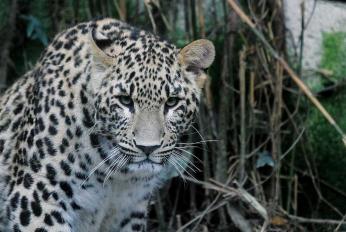 Special Issue of CAT news. The Persian Leopard: Status of Persian leopards in northern Iran and Central Asiaчт, 03/16/2023 - 17:09The Persian leopard Panthera pardus tulliana is an endangered large felid living in mountainous landscapes of the Caucasus, Southwest Asia and parts of Central Asia. In this paper, we review available literature to update our information on the status, population, ecology, threats, and management recommendations in regard to
Special Issue of CAT news. The Persian Leopard: Status of Persian leopards in northern Iran and Central Asiaчт, 03/16/2023 - 17:09The Persian leopard Panthera pardus tulliana is an endangered large felid living in mountainous landscapes of the Caucasus, Southwest Asia and parts of Central Asia. In this paper, we review available literature to update our information on the status, population, ecology, threats, and management recommendations in regard to
- Описание
The Persian leopard Panthera pardus tulliana is an endangered large felid living in mountainous landscapes of the Caucasus, Southwest Asia and parts of Central Asia. In this paper, we review available literature to update our information on the status, population, ecology, threats, and management recommendations in regard to this big cat in the region. Most of the Alborz and Kopetdag Ecoregions harbour the largest population of Persian leopard with some protected areas having the highest densities of these carnivores. A total of 348 to 440 leopards are guessed to exist in the region, making it one of the largest continuous leopard hotspots across Asia. Almost 80% of the population exists in Iran, followed by Turkmenistan which holds the second largest Persian leopard population, while the leopard population in Kazakhstan mainly depends on transboundary transient individuals from Turkmenistan.
- Attached documents
- Metadata
- Год
- 2022
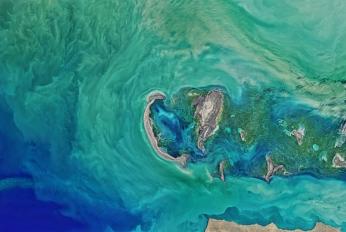 Strategic Convention Action Programme (SCAP)пн, 02/20/2023 - 14:16In accordance with Article 18 (2) of the Tehran Convention, the Parties developed the Strategic Convention Action Programme (SCAP). The SCAP is a comprehensive, long-term agenda and framework for the implementation of the Tehran Convention and its Protocols over a period of 10 years. It was adopted at COP 2 in Tehran, Iran,
Strategic Convention Action Programme (SCAP)пн, 02/20/2023 - 14:16In accordance with Article 18 (2) of the Tehran Convention, the Parties developed the Strategic Convention Action Programme (SCAP). The SCAP is a comprehensive, long-term agenda and framework for the implementation of the Tehran Convention and its Protocols over a period of 10 years. It was adopted at COP 2 in Tehran, Iran,
- Описание
In accordance with Article 18 (2) of the Tehran Convention, the Parties developed the Strategic Convention Action Programme (SCAP). The SCAP is a comprehensive, long-term agenda and framework for the implementation of the Tehran Convention and its Protocols over a period of 10 years. It was adopted at COP 2 in Tehran, Iran, 10-12 November 2008.
- Attached documents
- Metadata
- Год
- 2008
 Rules of Procedure of the Tehran Conventionпн, 02/20/2023 - 14:10Rules of Procedure for the Conference of the Parties to the Framework Convention for the Protection of the Marine Environment of the Caspian Sea. Adopted at COP 2 in Tehran, Iran, 10-12 November 2008.
Rules of Procedure of the Tehran Conventionпн, 02/20/2023 - 14:10Rules of Procedure for the Conference of the Parties to the Framework Convention for the Protection of the Marine Environment of the Caspian Sea. Adopted at COP 2 in Tehran, Iran, 10-12 November 2008.
- Описание
Rules of Procedure for the Conference of the Parties to the Framework Convention for the Protection of the Marine Environment of the Caspian Sea. Adopted at COP 2 in Tehran, Iran, 10-12 November 2008.
- Attached documents
- Metadata
- Год
- 2008
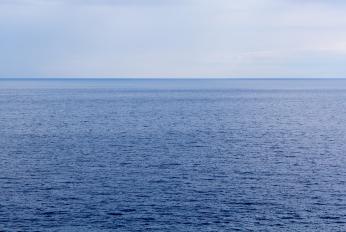 National Report of the Republic of Kazakhstan on Implementation of the Tehran Convention for 2019-2020пн, 03/07/2022 - 23:05The purpose of the Report is to review the activities of Kazakhstan related to implementation of obligations under the Tehran Convention in the period from 2019 to 2020. It includes an analysis of the decisions adopted by the Conference of the Parties to the Convention and the national environmental legislation, as well as a
National Report of the Republic of Kazakhstan on Implementation of the Tehran Convention for 2019-2020пн, 03/07/2022 - 23:05The purpose of the Report is to review the activities of Kazakhstan related to implementation of obligations under the Tehran Convention in the period from 2019 to 2020. It includes an analysis of the decisions adopted by the Conference of the Parties to the Convention and the national environmental legislation, as well as a
- Описание
The purpose of the Report is to review the activities of Kazakhstan related to implementation of obligations under the Tehran Convention in the period from 2019 to 2020. It includes an analysis of the decisions adopted by the Conference of the Parties to the Convention and the national environmental legislation, as well as an overview of programme documents of Kazakhstan aimed at protecting the Caspian Sea environment.
- Attached documents
- Metadata
- Год
- 2022
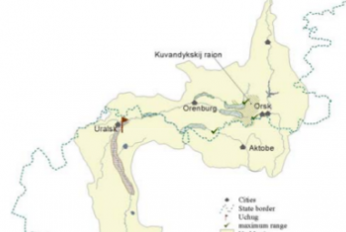 The Ural River Sturgeons: Population Dynamics, Catch, Reasons for Decline and Restoration Strategiesсб, 04/21/2018 - 11:06The Ural sturgeon yield-to-fishery relative to river discharge was the highest in the Caspian Sea till recently. The environmental conditions to secure natural reproduction are still satisfactory for successful sturgeon reproduction. However, nowadays the catch in all regional sturgeon species is negligible. The Ural sturgeo
The Ural River Sturgeons: Population Dynamics, Catch, Reasons for Decline and Restoration Strategiesсб, 04/21/2018 - 11:06The Ural sturgeon yield-to-fishery relative to river discharge was the highest in the Caspian Sea till recently. The environmental conditions to secure natural reproduction are still satisfactory for successful sturgeon reproduction. However, nowadays the catch in all regional sturgeon species is negligible. The Ural sturgeo
- Описание
The Ural sturgeon yield-to-fishery relative to river discharge was the highest in the Caspian Sea till recently. The environmental conditions to secure natural reproduction are still satisfactory for successful sturgeon reproduction. However, nowadays the catch in all regional sturgeon species is negligible. The Ural sturgeon population dynamics are analyzed along with some anthropogenic and natural factors affecting them. It is argued that legal overfishing (including all legal means of fish removal), based upon (a) faulty estimations of sturgeon stock and catch limits and (b) inappropriate fishery policies are the principal reasons for the stock decline in the Ural. The maintenance of the natural reproduction in the Ural is considered to be the primary strategy for the stock replenishment. If used at all, artificial propagation should be used only as an additional secondary option exclusively at the historical sturgeon habitats upstream the Ural river and not in the river delta, where the hatcheries are located now. Transboundary cooperation of basin countries with active inter- national involvement is essential to prevent further deterioration of the situation. ***The attached copy is furnished to the author for non-commercial research and education use, including for instruction at the author’s institution, sharing with colleagues and providing to institution administration. Other uses, including reproduction and distribution, or selling or licensing copies, or posting to personal, institutional or third party websites are prohibited. In most cases authors are permitted to post their version of the chapter (e.g. in Word or TEX form) to their personal website or institutional repository.***
- Attached documents
- Metadata
- Год
- 2008
Документ
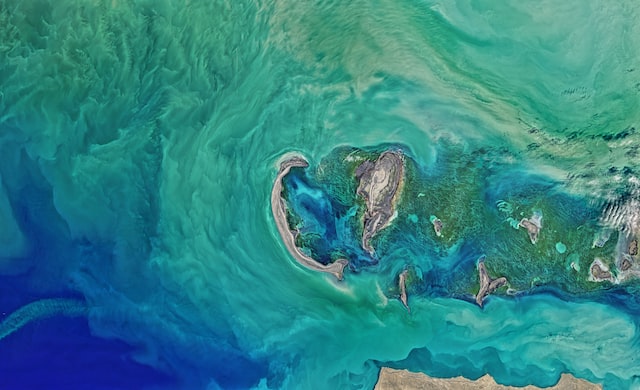
Caspian Sea Day 2022 in Russia - Report
Документ
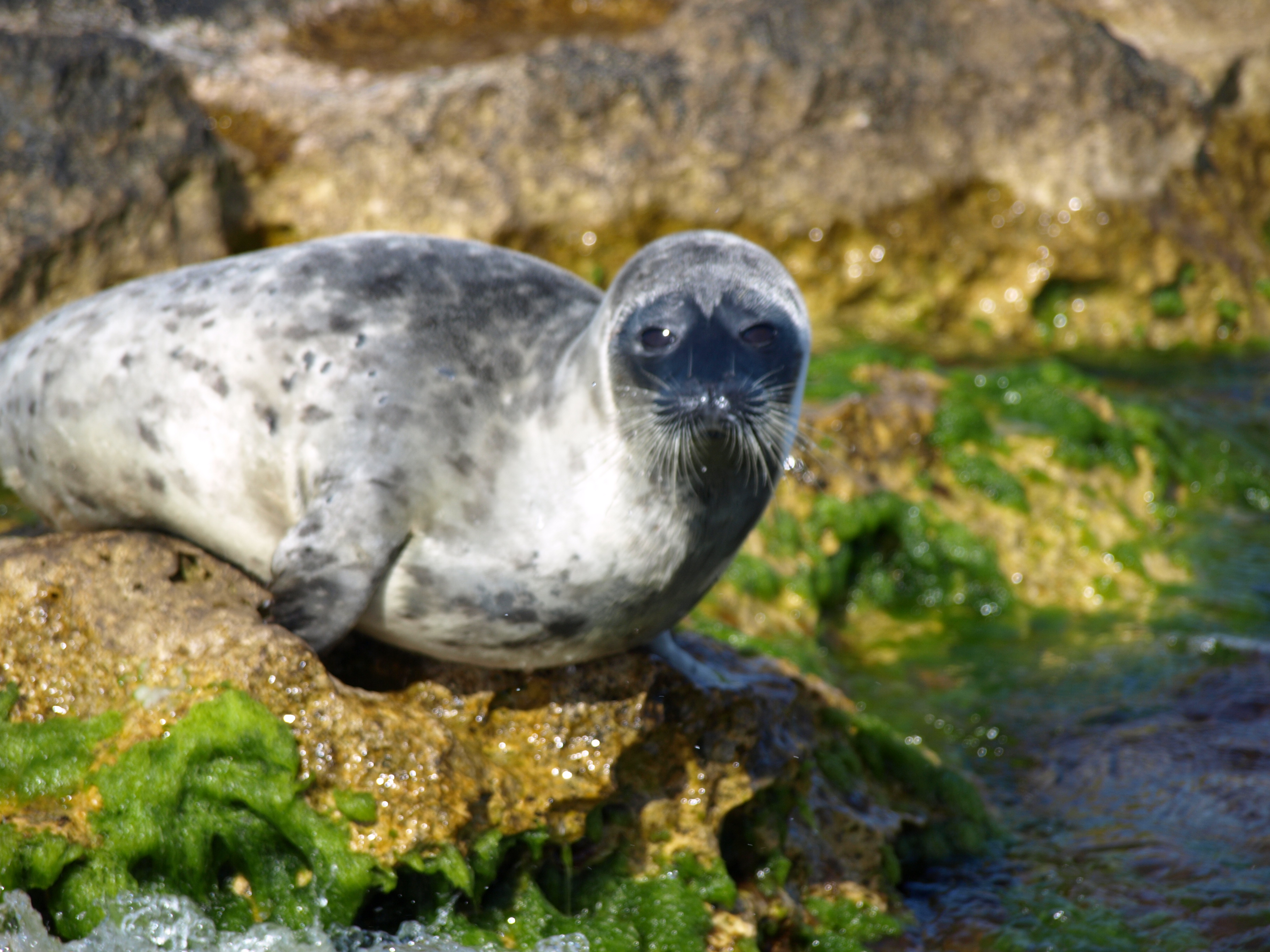
Monitoring of the Caspian Seal in Turkmenistan, January – October, 2022
Документ

Special Issue of CAT news. The Persian Leopard: Status of Persian leopards in northern Iran and Central Asia
Документ
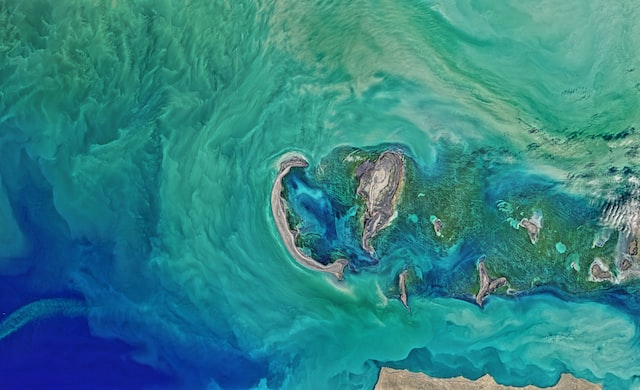
Strategic Convention Action Programme (SCAP)
Документ

Rules of Procedure of the Tehran Convention
Документ
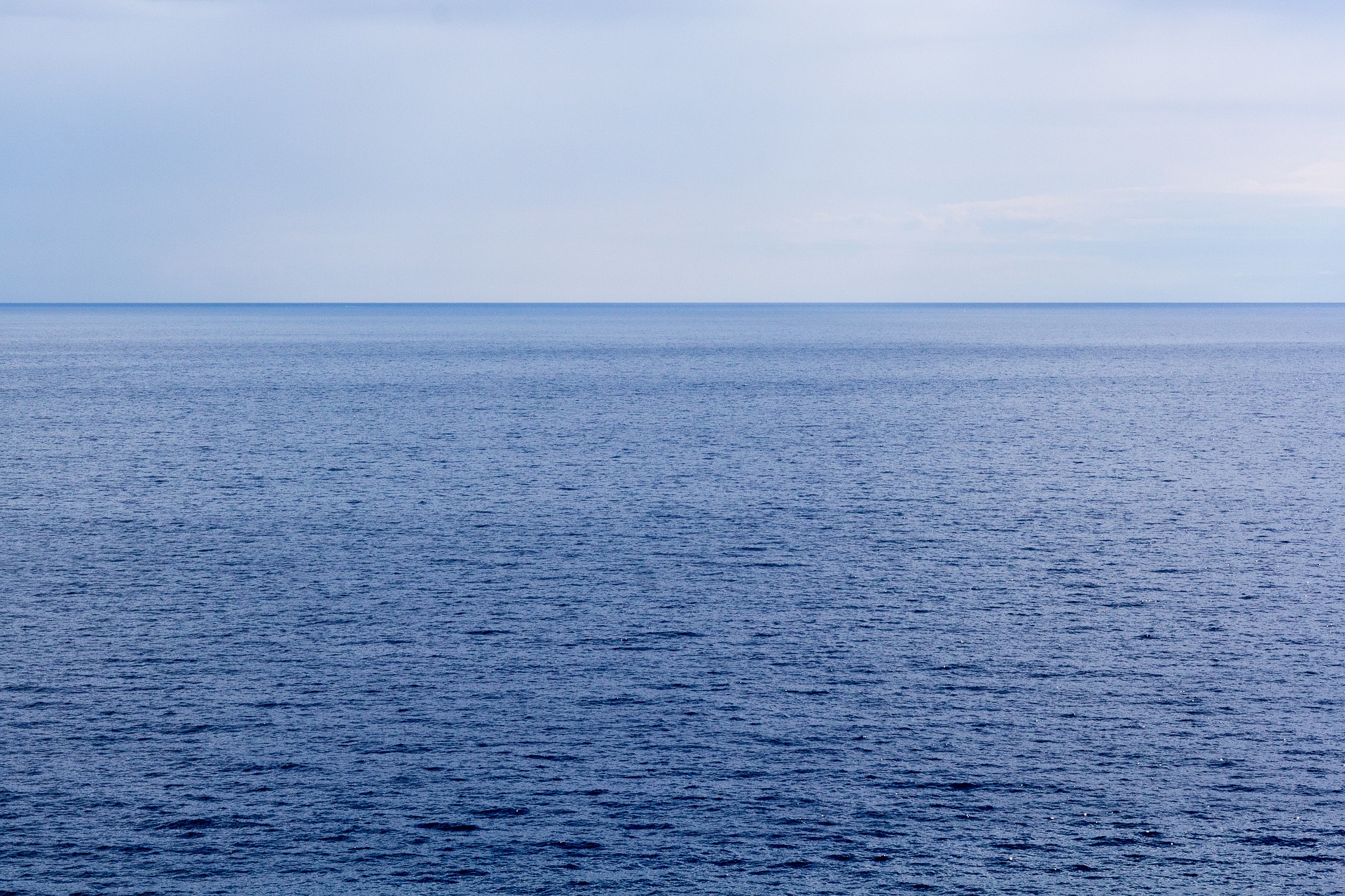
National Report of the Republic of Kazakhstan on Implementation of the Tehran Convention for 2019-2020
Документ
